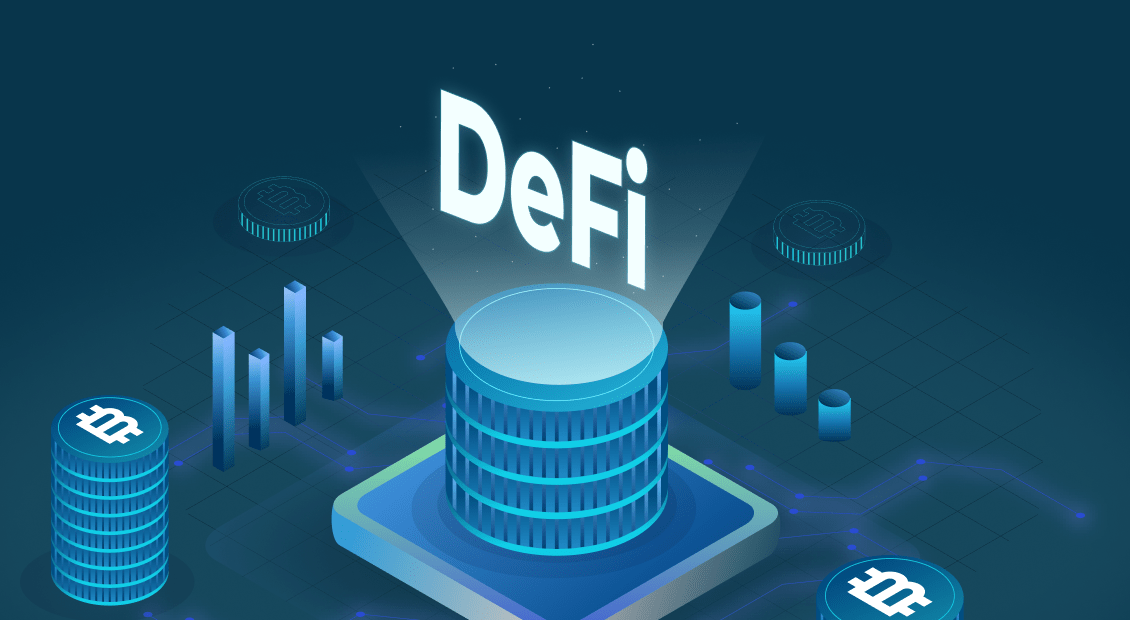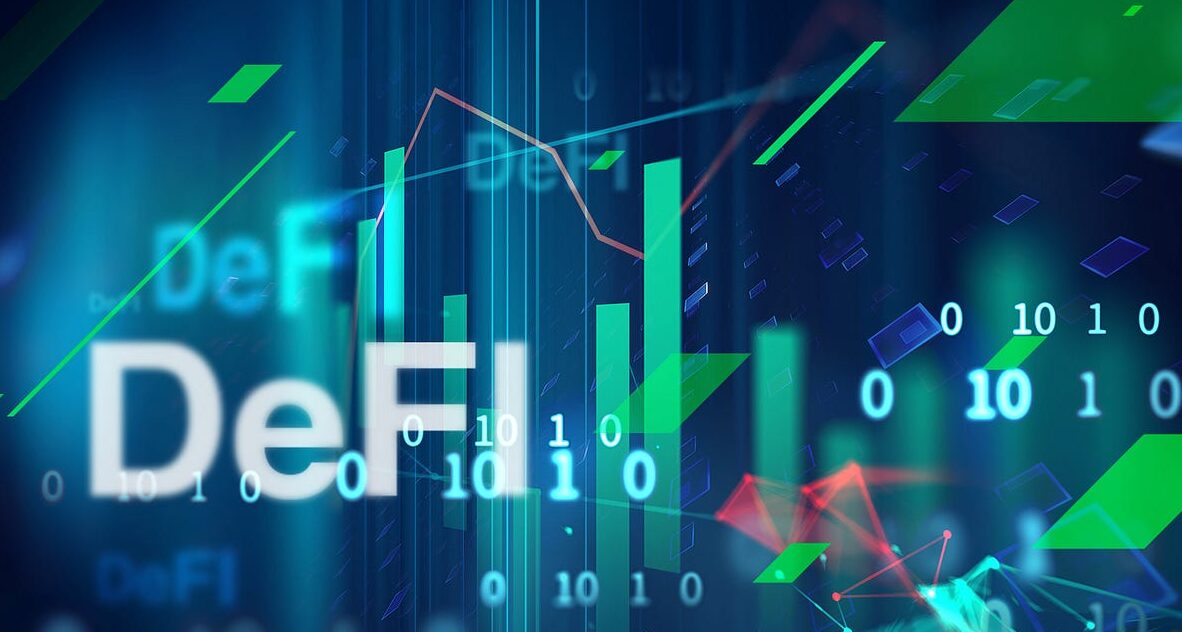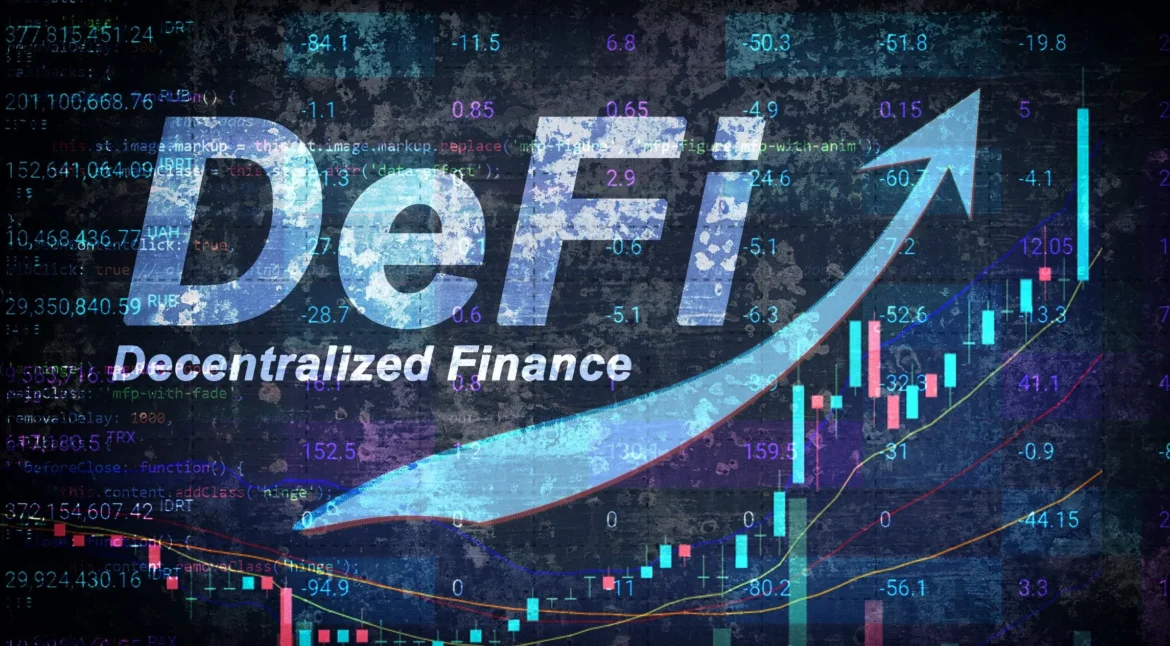The world of decentralized finance has revolutionized how we think about trading and investing, with the right DeFi trading platform serving as your gateway to financial freedom. Unlike traditional centralized exchanges, a modern DeFi trading platform operates on blockchain networks without intermediaries, giving users complete control over their assets while accessing innovative financial products like yield farming, liquidity mining, and automated market makers.
Choosing the optimal DeFi trading platform requires understanding the fundamental differences between decentralized and centralized systems, evaluating security protocols, analyzing fee structures, and assessing available earning opportunities. Whether you’re seeking passive income through liquidity provision or active trading on automated market makers, the right DeFi trading platform can transform your cryptocurrency portfolio into a yield-generating powerhouse. This comprehensive guide explores everything you need to know about selecting and using DeFi trading platforms effectively in 2025.
What is a DeFi Trading Platform?
A DeFi trading platform represents a paradigm shift from traditional financial systems, operating as decentralized applications (dApps) built on blockchain networks like Ethereum, Binance Smart Chain, and Polygon. These platforms utilize smart contracts to facilitate peer-to-peer trading without requiring users to deposit funds with centralized entities, maintaining the core principle of “not your keys, not your coins.” Unlike centralized exchanges that act as intermediaries, DeFi trading platforms connect users directly through automated market maker (AMM) protocols.DeFi trading platform
These systems use mathematical formulas to determine asset prices based on supply and demand within liquidity pools, creating a trustless environment where trades execute automatically without human intervention. The fundamental advantage of any quality DeFi trading platform lies in its permissionless nature. Anyone with a compatible cryptocurrency wallet can access these platforms without identity verification, geographic restrictions, or account approval processes. This accessibility, combined with programmable smart contracts, enables innovative financial products impossible in traditional finance.
Core Components of DeFi Trading Platforms
Automated Market Makers (AMMs)
Automated Market Makers form the backbone of most DeFi trading platforms, replacing traditional order books with algorithmic pricing mechanisms. Popular AMM models include constant product formulas (used by Uniswap), stable swap curves (implemented by Curve), and hybrid approaches that optimize for different asset types. These systems rely on liquidity providers who deposit token pairs into pools, earning fees from traders who swap between assets.DeFi trading platform
The AMM algorithm automatically adjusts prices based on pool ratios, ensuring continuous liquidity while incentivizing balanced deposits through dynamic fee structures. Understanding AMM mechanics helps traders identify arbitrage opportunities and optimize their trading strategies. Price impact, slippage tolerance, and MEV (Maximum Extractable Value) protection become crucial considerations when executing large trades on AMM-based platforms.
Yield Farming and Liquidity Mining
Yield farming represents one of the most attractive features of modern DeFi trading platforms, allowing users to earn rewards by providing liquidity to various protocols. These programs distribute governance tokens, trading fees, and additional incentives to liquidity providers, creating multiple income streams from a single deposit. Liquidity mining extends yield farming concepts by rewarding users for specific behaviors like trading, staking, or participating in governance activities.
Many platforms offer boosted rewards for long-term commitments or governance token holders, encouraging ecosystem participation and user retention. Successful yield farming requires understanding impermanent loss risks, reward token volatility, and smart contract security. Diversifying across multiple protocols, monitoring pool performance, and timing entry/exit points become essential skills for maximizing yield farming returns.
Cross-Chain Bridge Integration
Modern DeFi trading platforms increasingly offer cross-chain functionality, allowing users to move assets between different blockchain networks seamlessly. These bridges expand trading opportunities while reducing gas fees through layer-2 solutions and alternative networks. Popular bridge protocols include official network bridges, third-party services like Multichain and layer-2 solutions such as Arbitrum and Optimism.
Each approach involves different security models, transaction times, and cost structures that impact your overall trading experience. Cross-chain functionality enables portfolio diversification across multiple ecosystems while accessing unique opportunities on emerging networks. However, bridge security remains a critical consideration, as these protocols often represent high-value targets for potential exploits.
Top DeFi Trading Platform Categories

Ethereum-Based Platforms
Ethereum hosts the largest ecosystem of DeFi trading platforms, offering the most mature protocols and highest liquidity pools. Leading platforms include Uniswap for general token swaps, Curve for stablecoin trading, and Balancer for multi-asset pools with customizable weights. Ethereum’s established infrastructure provides superior security through battle-tested smart contracts and extensive developer communities.
However, high gas fees during network congestion can make small trades economically unfeasible, pushing users toward layer-2 solutions or alternative chains. The Ethereum DeFi ecosystem benefits from composability, where different protocols integrate seamlessly to create complex financial strategies. This interconnectedness enables sophisticated yield farming strategies, flash loans, and automated portfolio management through platforms like Yearn Finance.
Layer-2 and Sidechain Solutions
Layer-2 DeFi trading platforms address Ethereum’s scalability limitations while maintaining security through their connection to the main network. Arbitrum, Optimism, and Polygon host popular DeFi protocols offering significantly lower fees and faster transaction times. These platforms often mirror successful Ethereum protocols while introducing unique features and incentive structures.
Users can access familiar interfaces and strategies while benefiting from improved performance and reduced costs, making DeFi accessible to smaller investors. The tradeoff involves potentially lower liquidity and newer, less battle-tested smart contracts. However, many layer-2 platforms offer additional rewards to early adopters, creating opportunities for higher yields during their growth phases.
Alternative Blockchain Platforms
Non-Ethereum blockchains have developed thriving DeFi ecosystems with unique characteristics and advantages. Binance Smart Chain offers low fees and fast transactions, while Solana provides high throughput for high-frequency trading strategies. Avalanche and Fantom focus on subnets and speed optimization respectively. These alternative platforms often provide higher yields and lower barriers to entry, attracting users seeking cost-effective DeFi exposure.
Many feature native tokens with governance rights and staking rewards, creating additional value propositions beyond trading functionality. Cross-pollination between different blockchain ecosystems continues accelerating, with many protocols launching on multiple chains simultaneously. This multi-chain approach provides users flexibility while spreading risk across different technological foundations.
Essential Features to Evaluate in DeFi Trading Platforms

Security and Smart Contract Audits
Security represents the most critical factor when evaluating any DeFi trading platform, as smart contract vulnerabilities can result in complete fund loss. Look for platforms with multiple independent audits from reputable firms like ConsenSys Diligence, Trail of Bits, or Quantstamp. Time-tested protocols with longer operational histories generally offer better security profiles, though newer platforms may provide innovative features worth the additional risk.
Bug bounty programs and transparent disclosure practices indicate serious security commitments from development teams. Consider using platforms with insurance coverage through services like Nexus Mutual or built-in protection mechanisms like time delays for major parameter changes. However, remember that smart contract risks remain inherent to DeFi participation regardless of protective measures.
Liquidity Depth and Trading Efficiency
Sufficient liquidity ensures efficient trade execution with minimal price impact and slippage. Evaluate platforms based on total value locked (TVL), trading volume, and available trading pairs relevant to your investment strategy. Deep liquidity pools enable large trades without significant price movement, while diverse trading pairs provide flexibility for portfolio rebalancing and arbitrage opportunities.
Some platforms specialize in specific asset categories like stablecoins, derivatives, or exotic tokens. Consider platforms offering liquidity incentives and market-making rewards, as these programs often indicate growing ecosystems with strong community support. However, artificially inflated metrics through temporary incentives should be distinguished from organic growth patterns.
User Interface and Experience Design
Intuitive interfaces significantly impact your success on DeFi trading platforms, especially given the complexity of decentralized finance concepts. Look for platforms offering clear transaction previews, gas fee estimates, and educational resources for new users. Advanced users benefit from customizable dashboards, detailed analytics and integration with portfolio tracking tools.
Mobile-responsive designs and native applications expand accessibility for users managing positions across different devices. The best DeFi trading platforms balance powerful functionality with user-friendly design, providing simplified interfaces for basic operations while offering advanced features for sophisticated strategies. Community-driven development often results in superior user experiences through direct feedback incorporation.
Getting Started with DeFi Trading Platforms
Wallet Setup and Connection
Accessing DeFi trading platforms requires a compatible cryptocurrency wallet that supports Web3 interactions. Popular options include MetaMask for beginners, WalletConnect for mobile users, and hardware wallets like Ledger for maximum security. Proper wallet configuration involves adding custom network RPC endpoints for different blockchains.
Importing token contracts for portfolio tracking and understanding transaction signing processes. Most platforms provide detailed setup guides and support for popular wallet types. Security best practices include using hardware wallets for large amounts, enabling all available security features, and maintaining separate wallets for different risk levels. Never share seed phrases or private keys, and always verify transaction details before signing.
Understanding Gas Fees and Transaction Costs
Gas fees represent a significant consideration when using DeFi trading platforms, especially on Ethereum mainnet during periods of high network congestion. Understanding fee structures helps optimize transaction timing and platform selection for cost-effective trading.
Different transaction types incur varying gas costs, with simple swaps requiring less computational power than complex multi-step yield farming deposits. Some platforms offer gas fee optimization through transaction batching or layer-2 integration to reduce overall costs. Monitor gas price trackers and plan transactions during off-peak hours when possible. Consider the total cost including potential failed transactions, as complex DeFi interactions sometimes fail due to slippage or changing conditions, resulting in lost gas fees.
Risk Management Strategies
DeFi trading involves multiple risk categories including smart contract vulnerabilities, impermanent loss, token volatility, and liquidation risks in leveraged positions. Developing comprehensive risk management strategies protects your capital while enabling participation in high-yield opportunities.
Diversification across multiple platforms, protocols, and asset types reduces concentration risk while providing exposure to different yield sources. Position sizing based on risk tolerance and regular portfolio rebalancing help maintain optimal risk-adjusted returns. Stay informed about protocol developments, governance proposals, and security updates that might impact your positions. Setting up monitoring alerts and maintaining exit strategies for different scenarios enables quick responses to changing market conditions.
Conclusion
The DeFi revolution has fundamentally transformed financial markets, and selecting the right DeFi trading platform positions you at the forefront of this innovation. Whether you’re seeking passive income through yield farming, active trading opportunities, or portfolio diversification beyond traditional markets, DeFi platforms offer unprecedented access to cutting-edge financial products and strategies.
Success in DeFi requires balancing opportunity with risk management, staying informed about protocol developments, and continuously educating yourself about emerging trends and security best practices. The platforms highlighted in this guide represent the current leaders, but the DeFi space evolves rapidly with new innovations appearing regularly.
See more: Best Bitcoin Trading Platform 2025 Complete Guide to Crypto Trading Success



